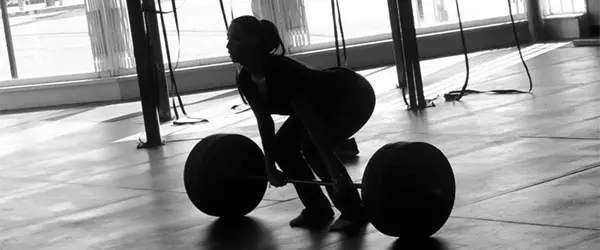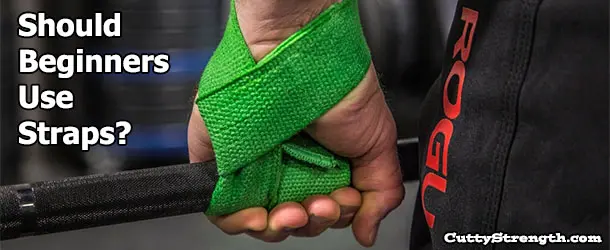The 14 Best Conventional Deadlift Assistance Exercises
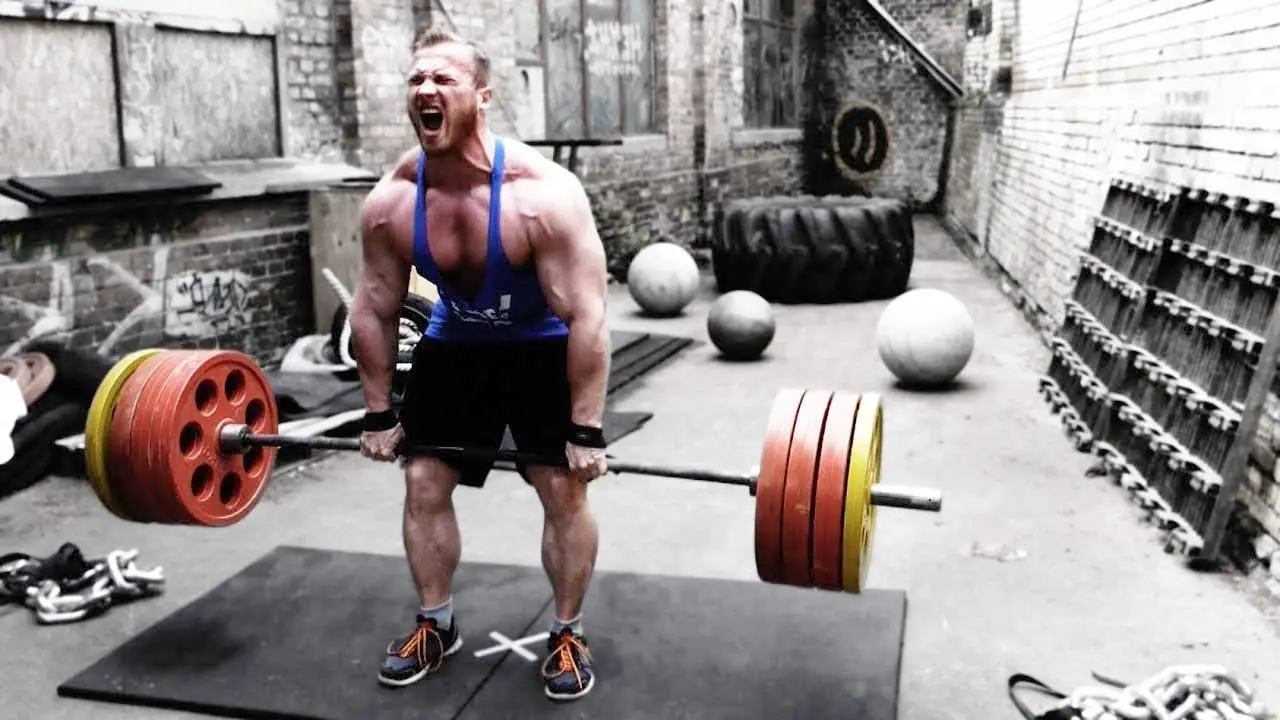
Building a bigger deadlift comes with consistency and addressing your weaknesses with effective deadlift assistance exercises.
Two popular deadlift forms are sumo and conventional. Conventional deadlifts are most common for the average lifter and allows almost anyone to pick up heavy weight.
When it comes to improving your deadlift, eventually you can’t just keep adding weight to the bar. The goal is to lift more weight, but you also need to address your weak points and improve on your form for the most efficient pull.
Have you hit a plateau with your deadlifts? What’s your personal record? Leave a comment below.
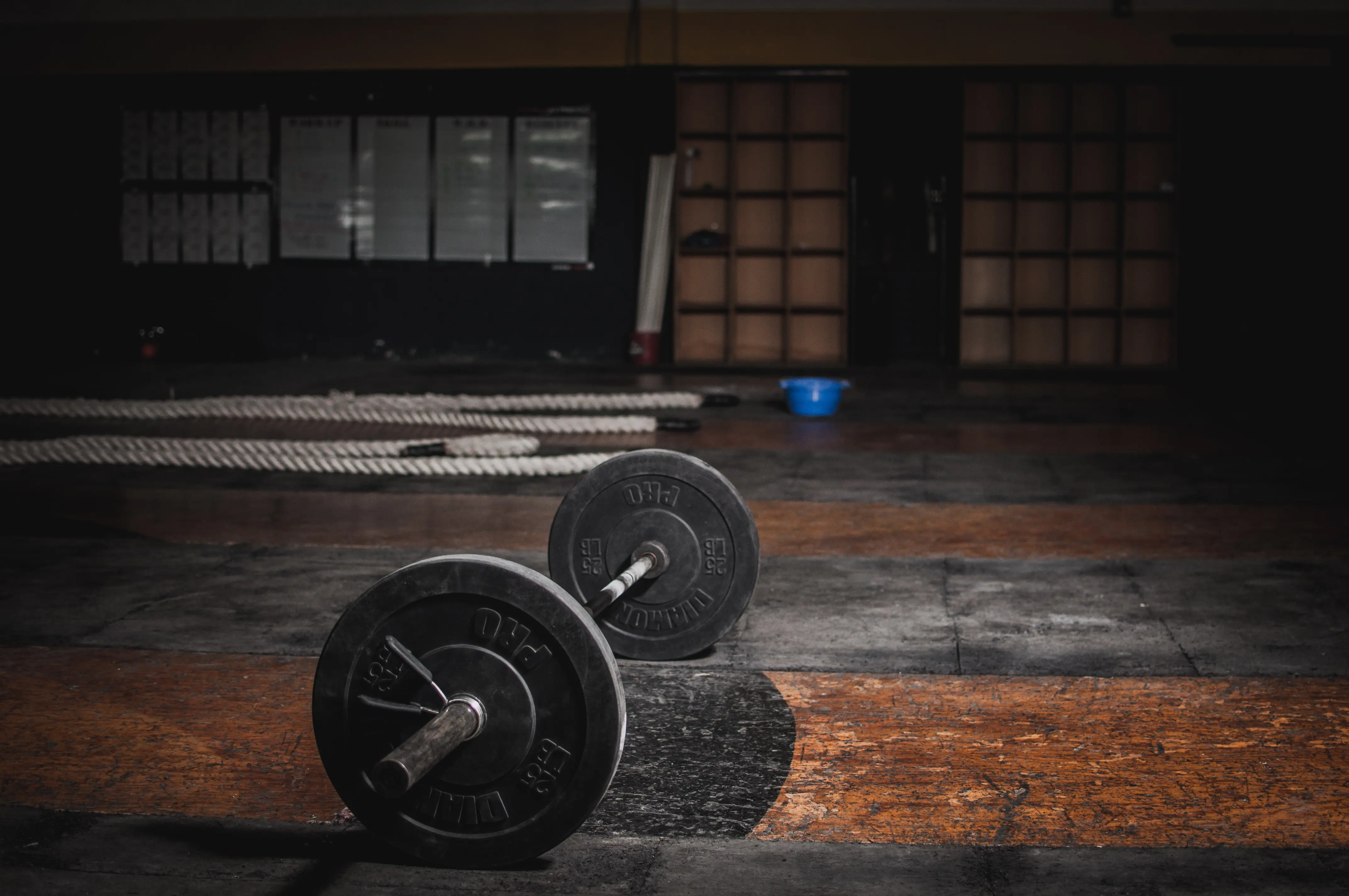
The deadlift is the most primal feeling exercise — you pick weight up and you put it down. Hitting a plateau and slowly grinding out weight that used to feel light can be disheartening. Instead of throwing in the towel on progress, let’s take a look at nine deadlift assistance exercises you can try to improve your deadlift.
14 Conventional Deadlift Assistance Exercises
This isn’t a comprehensive “fix your deadlift” article. This won’t break down exactly what exercises you should do if you have a certain weakness, but it will give you a good idea where to start. The article’s goal is to show you assistance exercises you should start including into your training if you would like to get the most out of your deadlift training.
If you love deadlifts as much as I do, check out my article on building a bigger deadlift.
Common Deadlift Problems
A deadlift seems like a simple exercise, but a lot can go wrong with this compound lift. This is especially true when you are pulling near your max. The first thing you should do is start recording your lifts — this is going to allow you to see what part of the lift you are struggling at, and how to address them.
There are three common weaknesses that occur when you are pulling at near-maximal levels:
- Weak pulling off of the floor
- Weak lockout
- Bar drift



Review your recorded lifts and make notes on where on the lift you appear to be failing. Try to get different angles while you lift — move the camera after each set. This will allow you to get a front, side, and rear view of what’s going on.
Deadlift Assistance Exercises for Weak Pulls Off of the Floor
Struggling to get any power off of the floor? There could be a few reasons such as your stance and setup. For most, performing exercises that hammer on your weaknesses and improving your form can help you bust through your plateau.
1. Deficit Deadlifts



Deficit deadlifts is a great way to add a few inches to the pull of your deadlift. Perform deficits by standing on a weight plate or platform that is one to four inches tall. This increased range of motion can help recruit more of your posterior chain and activate your glutes.
When performing deficit deadlifts, treat it as an accessory exercise — you do not want to lift near maximal weights here. Even if you deadlift 500+ pounds, start at 135 and get your volume in.
2. Speed Deadlifts
When you start lifting near your personal best, the weight seems slow and you just can’t seem to generate enough power to pull through the rest of the lift. This is where speed deadlifts shine.
Speed deadlifts are simply your conventional deadlift with as much force as you can produce. You want to work with around 50% to 65% of your one rep max when performing these. Treat each rep as if you are pulling your personal best.
Learn to create force and pull through your heels.
Check out this video for more information about speed deadlifts:
3. Romanian Deadlifts
Romanian deadlifts, or RDLs, are a great exercise that I personally use to train my deadlift. RDLs help build power and can help build a stronger, more controllable lift.
RDLs train your posterior chain muscles, which include:
- Erector Spinae
- Glutes
- Hamstrings
- Adductors
If you’ve never heard of a Romanian deadlift, check this video out:
The only thing I would add to this is you do not have to fully lock out and only need to drop to mid-shin. Keep constant tension on your glutes and hamstrings, and go for volume.
4. Deadlift Stance Box Squats with Pause
This exercise has been great for some individuals to building strength off of the floor. Pick a moderate weight, go for reps, and choose a box height that is as close to your deadlift starting height as possible. If you are able to do this exercise, you will notice a huge difference after a few weeks.
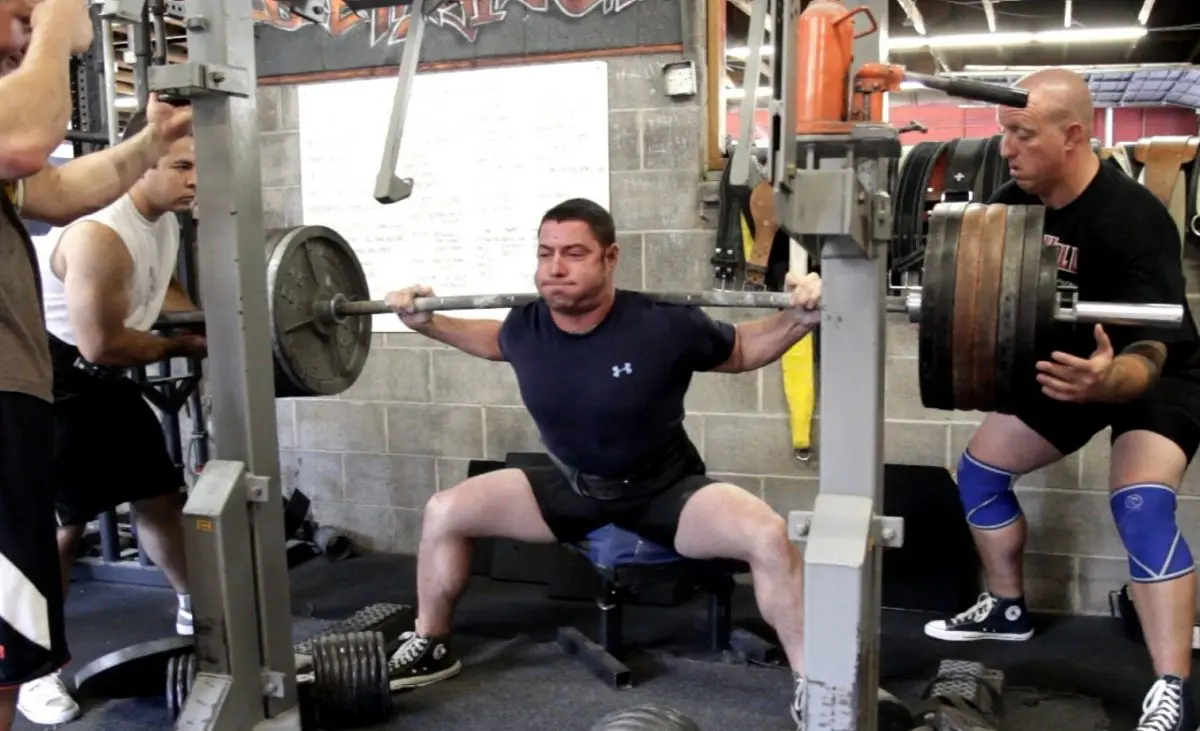


This exercise moves the weight from in front of you to almost behind you — allowing you overload your posterior chain more than a conventional deadlift. Try adding a slight pause between each rep — it removes most of your elasticity and forces your muscles to fire from a static position.
5. Glute Hamstring Raise/Leg Curls
Since there’s not too many gyms that have a glute ham raise, leg curls would be the next exercise that I would recommend. If you’ve read any article from an elite lifter or watched them train, you’ve probably seen them doing some glute hamstring raises. Why? This is one of the best posterior chain exercise you can do.
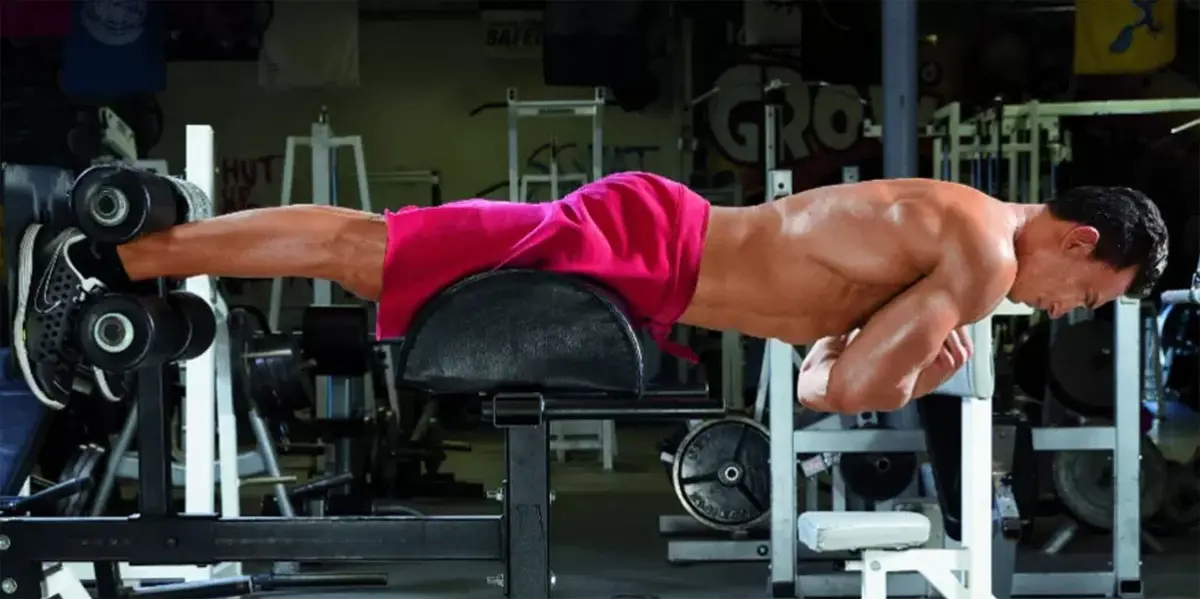


If you don’t have a glute ham raise machine, training with heavy leg curls to failure can help your squat and your deadlift.
Related: 17 “Secret” Tips on How to Gain Strength
Deadlift Exercises for a Weak Lockout
Having a weak lockout can come from a variety of things, including:
- Poor setup/form
- Weak off of the floor and out of steam at the top
- Weak glutes
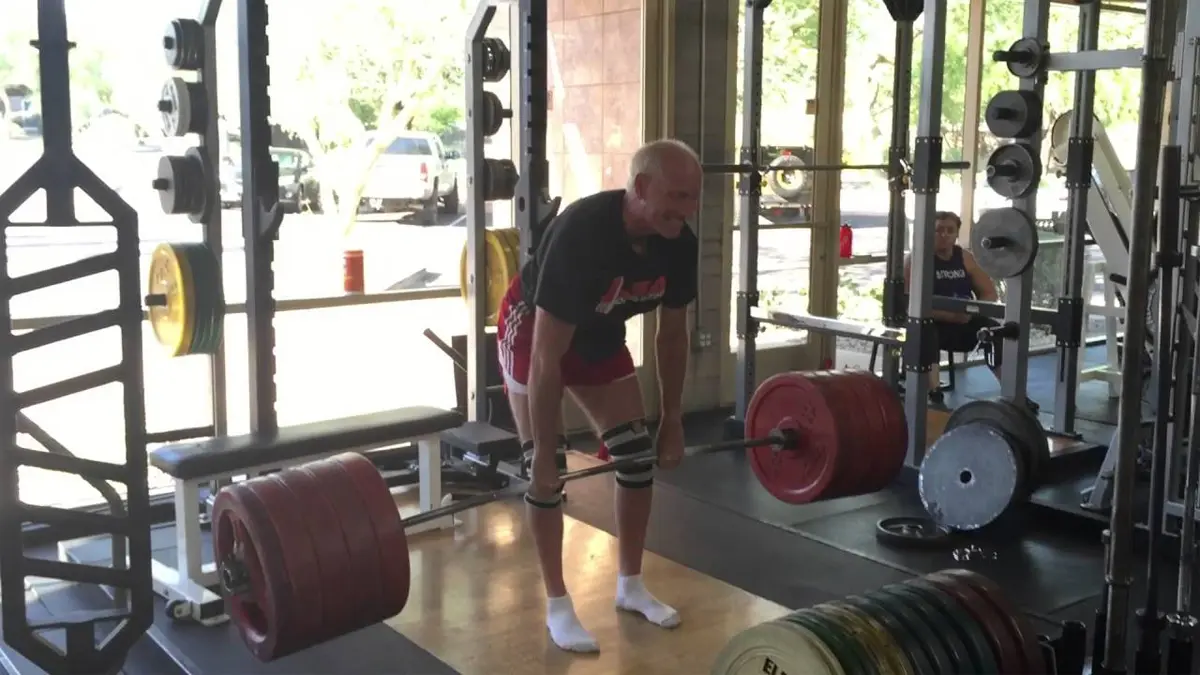


When assessing your lockout, take into consideration how hard you had to grind through the first part of the pull. If you are fighting poor form during your lift, it can be easier to miss your lockout. Here are a few exercises you can try to address your weak deadlift lockout.
6. Back Extension/Reverse Hyperextensions
Almost every gym I’ve visited had a reverse hyperextension machine. You can learn how to activate your glutes with the reverse hyperextension machine.
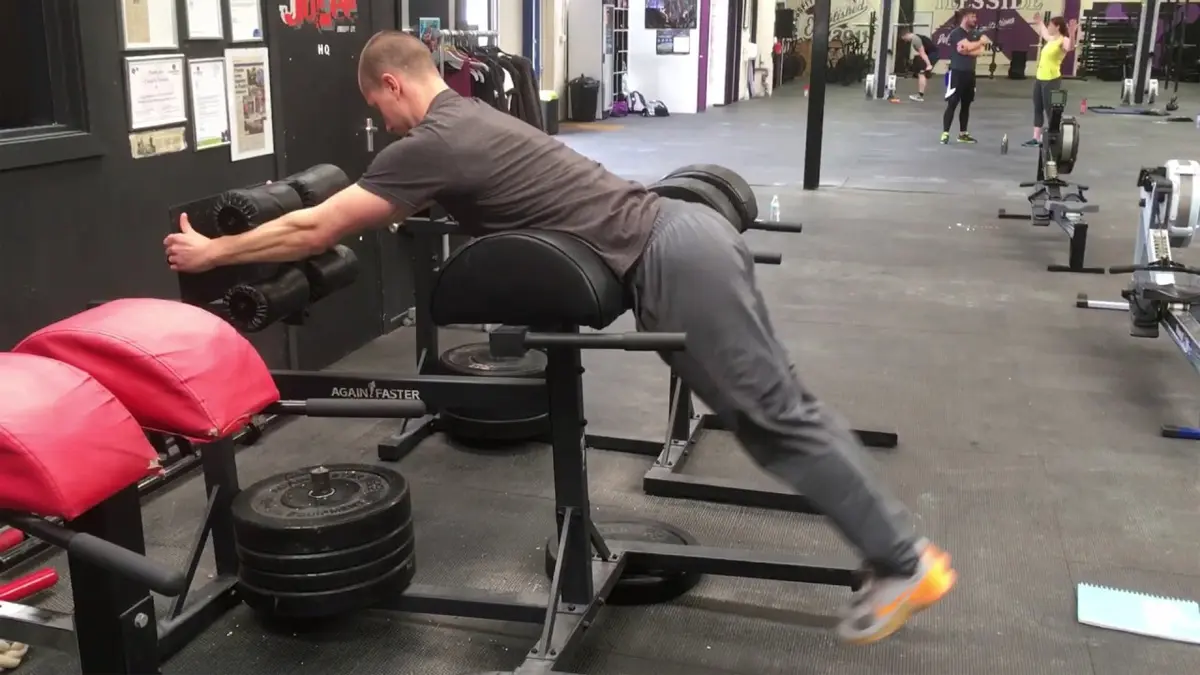


7. Rack Pulls
Rack pulls are fun because you can focus more on the lockout of your deadlift. Simply set your spotter bars to a height somewhere between mid shin and just above your knee. Deadlifting from a higher starting point removes a lot of range of motion, which allows you to overload your lockouts.
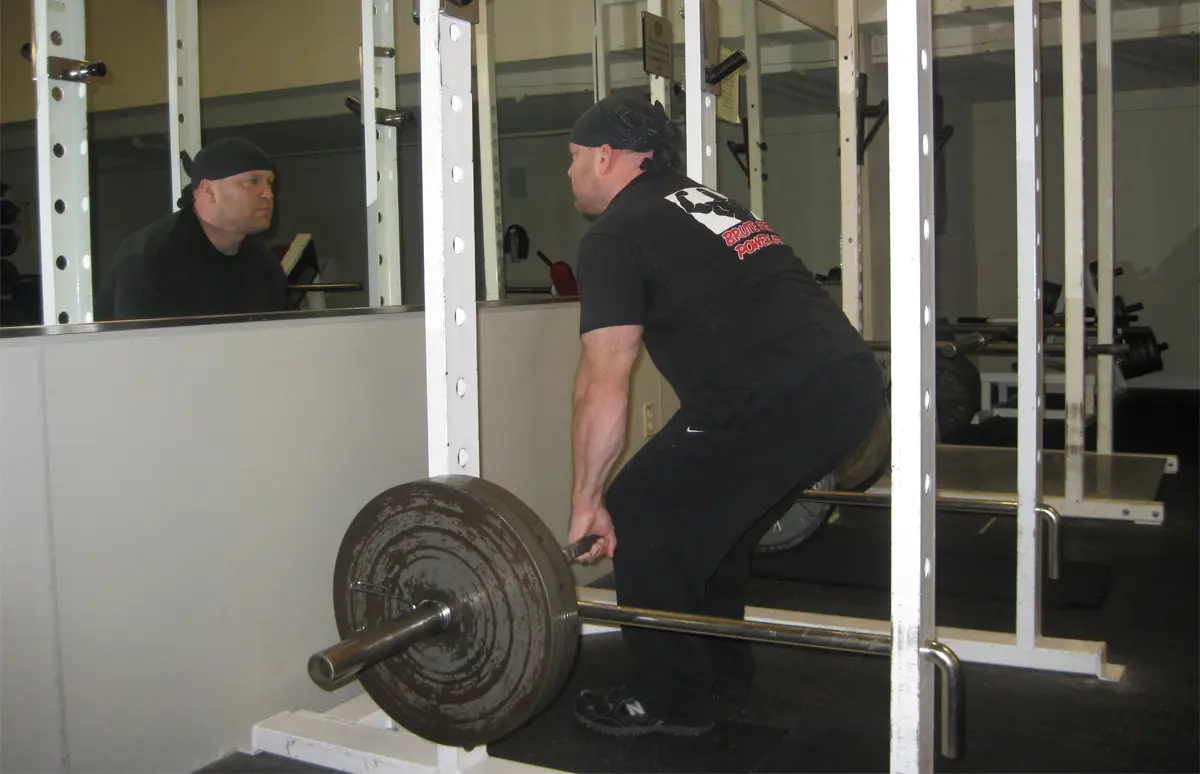


8. Walking Lunges
Walking lunges are great for your posterior chain, core, and especially your glutes because they force the stabilizer muscles in your hips, knees, and ankles to engage. The more stable your base is, the more weight you will be able to pull.
Try adding weight by holding a dumbbell in each hand or placing a bar across your back like a back squat.
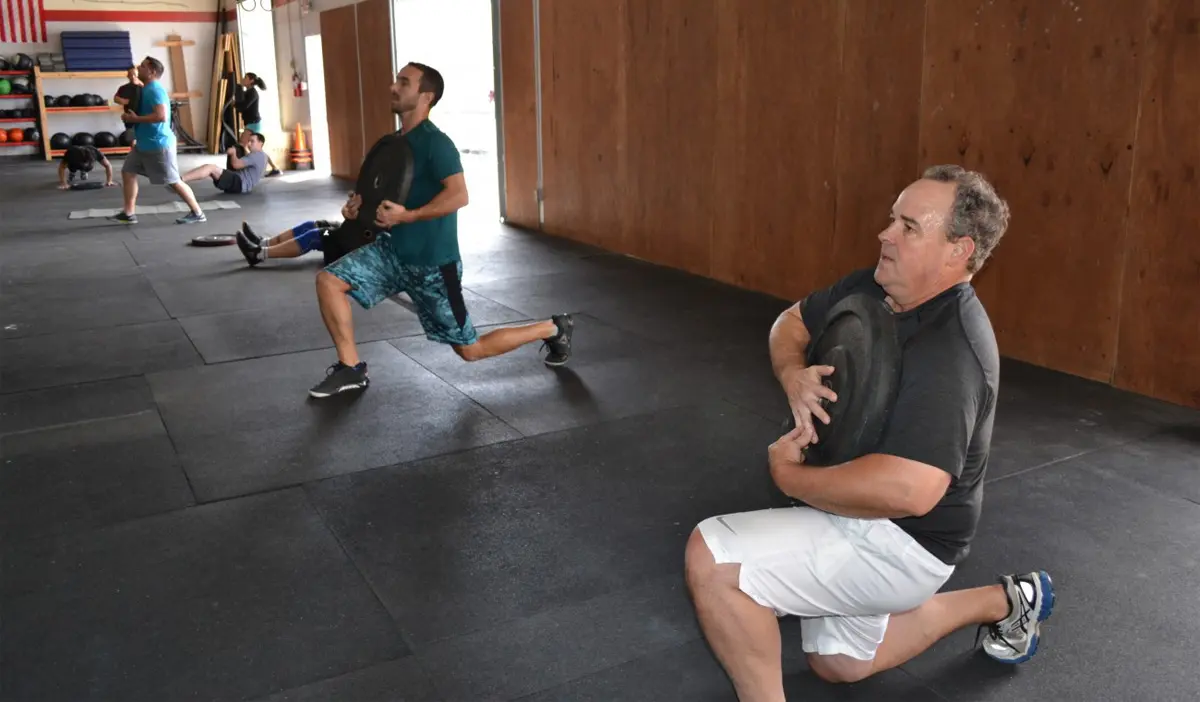


Related: 5 Tips to Improve Conditioning and Strength
Deadlift Assistance Exercises for Bar Drift
If you notice the bar drifting throughout your pull, you have some weaknesses and form issues to address. Fortunately, a lot of bar drift can be fixed from hammering on your upper back, lats, and core.
9. Seated and Standing Calf Raises
If you’ve ever wondered why your calves were sore the day after you squat or deadlift, you will understand why I say having strong calves are important.
Doing seated and standing calf raises will help build a solid foundation and will keep you from going up on your toes. I generally don’t go for “the stretch” necessarily when I do calf raises but I do go for strength. I was blessed with being fat so my whole life has been one calf raise after the other when I walk.
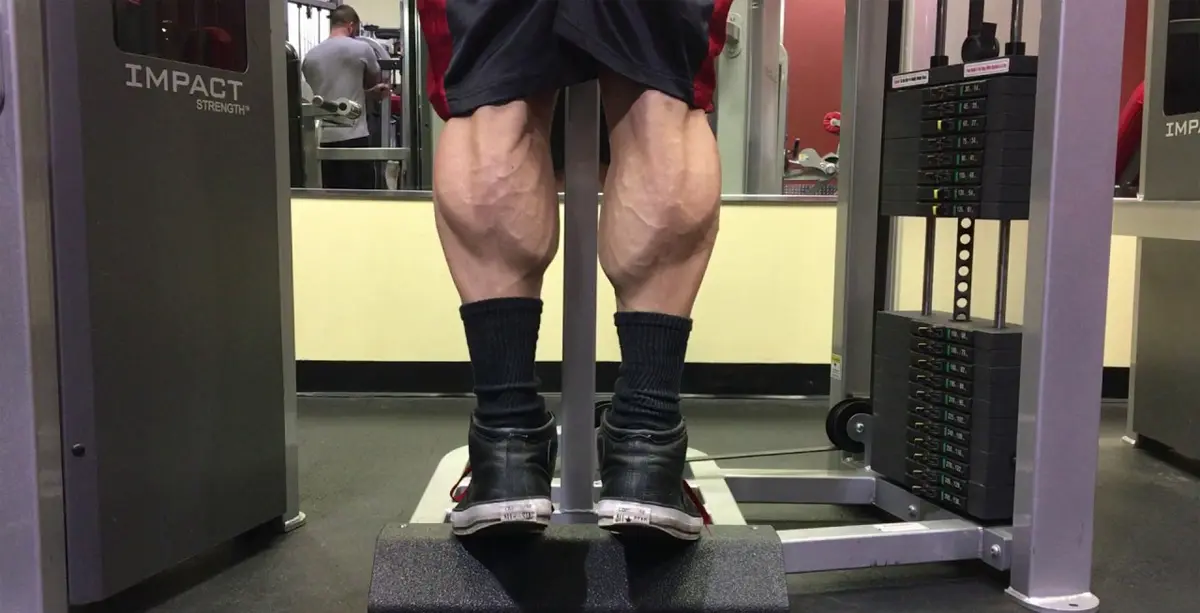


Heavy calf raises are a great workout to give you the strongest foundation to lift from.
10. Yates Rows with Deadlift Stance
Building a strong upper back and lats help with bar path and keeping you in the groove.
Keeping a deadlift stance with your Yates rows will help build your glutes and lower back while you are holding the weight in position. Focus on good form, go heavy, and don’t be afraid to add a little bit of body movement.
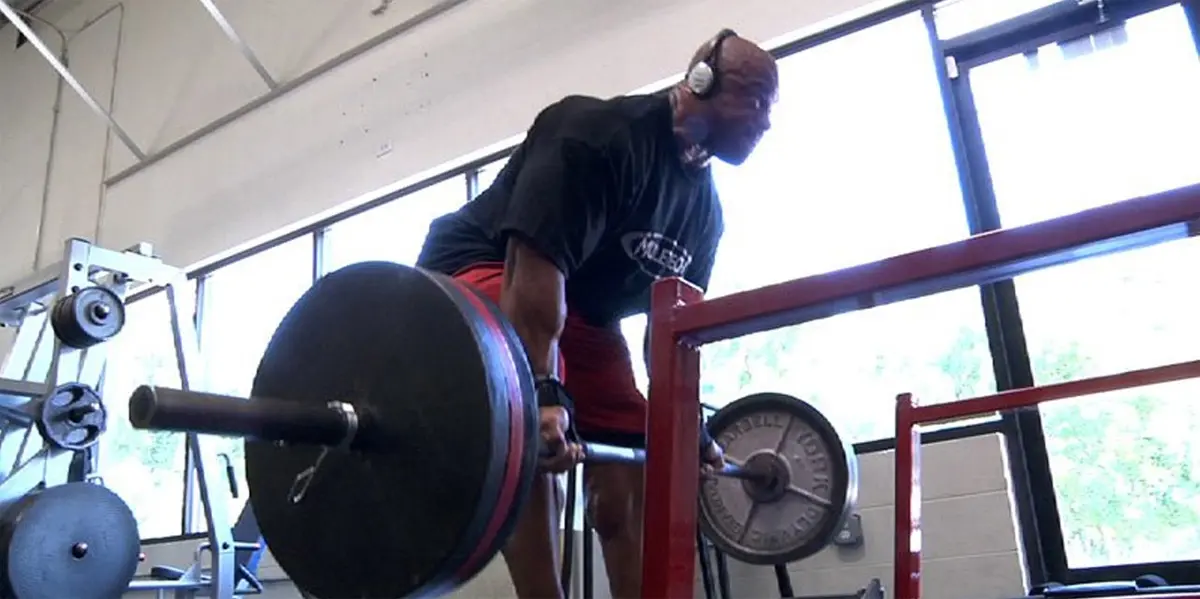


11. T-Bar Rows or Seated Rows
If you do not have access to a t-bar row machine, the next best thing would be to do seated rows with either a close grip or wide grip.
T-bar rows have a slight advantage over seated rows because you can stand in your deadlift stance, keep tension on your glutes, and strengthen your lower back. T-bar rows are another exercise that puts stress on your lower back, so don’t be afraid to try seated rows if your back isn’t feeling it that day.



Don’t be a bro lifter and barely row the weight. For this exercise to be effective, fully extend your arms, row the weight and on contraction I want you to try to squeeze your shoulder blades together. For this exercise, it is best to focus on the contraction and range of motion. The extra strength from going full range of motion helps keep your shoulders back during the deadlift.
You could treat these as a practice for deadlift lockouts all while hitting your lats and erectors.
12. Heavy Shrugs
Heavy barbell or dumbbell shrugs are a great way to build some traps, a strong core, and most importantly, a strong deadlift.
Use double overhand grip and shrug until you can’t anymore. I recommend not using straps until your grip gives out (helps build grip strength as a bonus) and then strap up for the rest of your work. Don’t let your grip strength weakness hold you back from lifting — straps are great to use when overloading or performing certain exercises. I don’t prescribe to the “no straps” lifting philosophy.
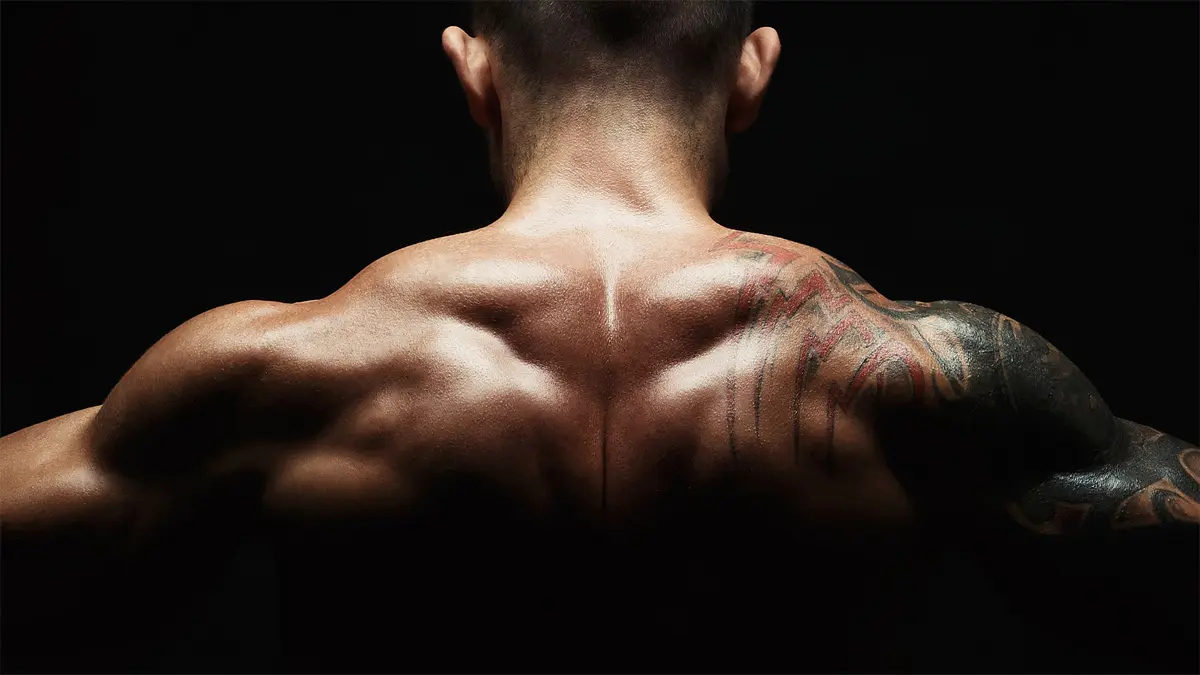


Keep the weight moderately heavy so that you can do 8-12 reps per set.
13. Snatch Grip Deadlifts
Snatch grip deadlifts are similar to conventional deadlifts, the only difference is your grip width. The snatch is an Olympic weightlifting exercise where your hands are placed very far apart — outside of the rings on the barbell.
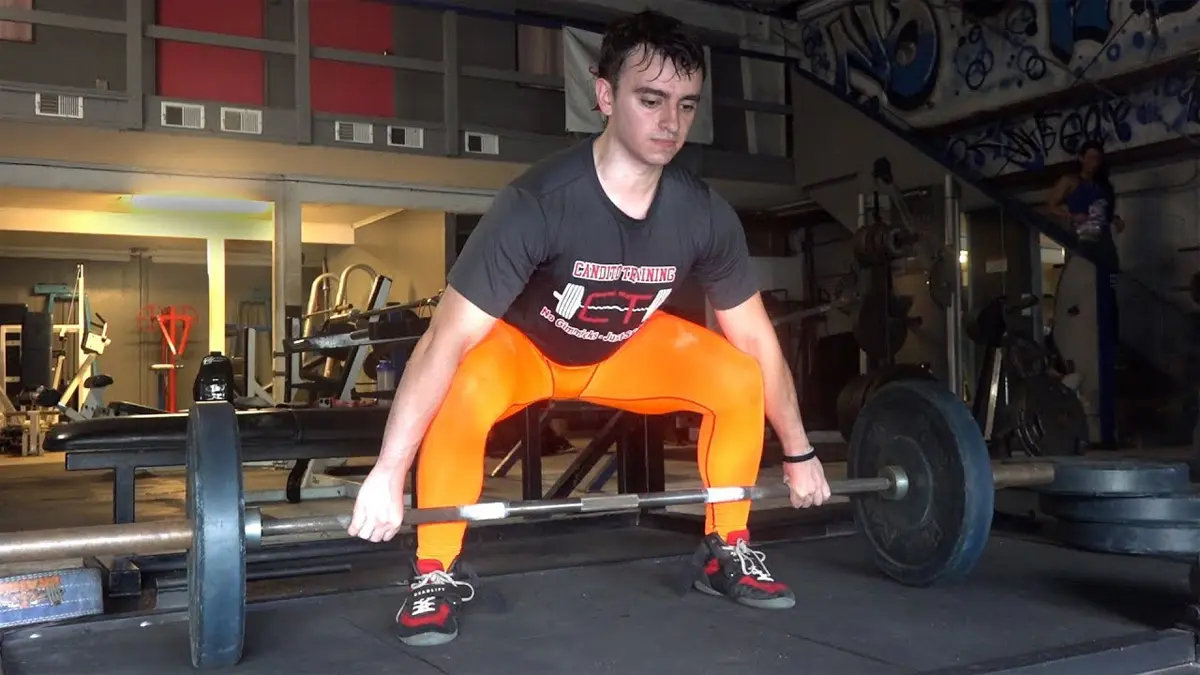


This brings your starting position much lower, but also puts some great tension on your lats. Stick to lighter weight here and go for volume. You will be sore.
14. Face Pulls
Another great upper back and trap exercise are face pulls. Face pulls aren’t glamorous but they are great for creating a strong upper back. Work on retracting your shoulder blades and getting a good squeeze and range of motion.
Check out Scott Herman Fitness’ Video on how to do face pulls:
Related: 3 Day Powerbuilding Workout Routine
Conclusion
There is no magical trick to deadlifting more but here are a few exercises that can help you address your weaknesses that are holding back your deadlift. Practicing your deadlifts and not maxing out all of the time will help you establish proper form for your body and will help you strengthen your weaknesses.
This isn’t an extensive guide that will promise to add 100 pounds to your deadlift in 2 weeks, but if you start incorporating these lifts and improving your weaknesses, your deadlift will go up.

